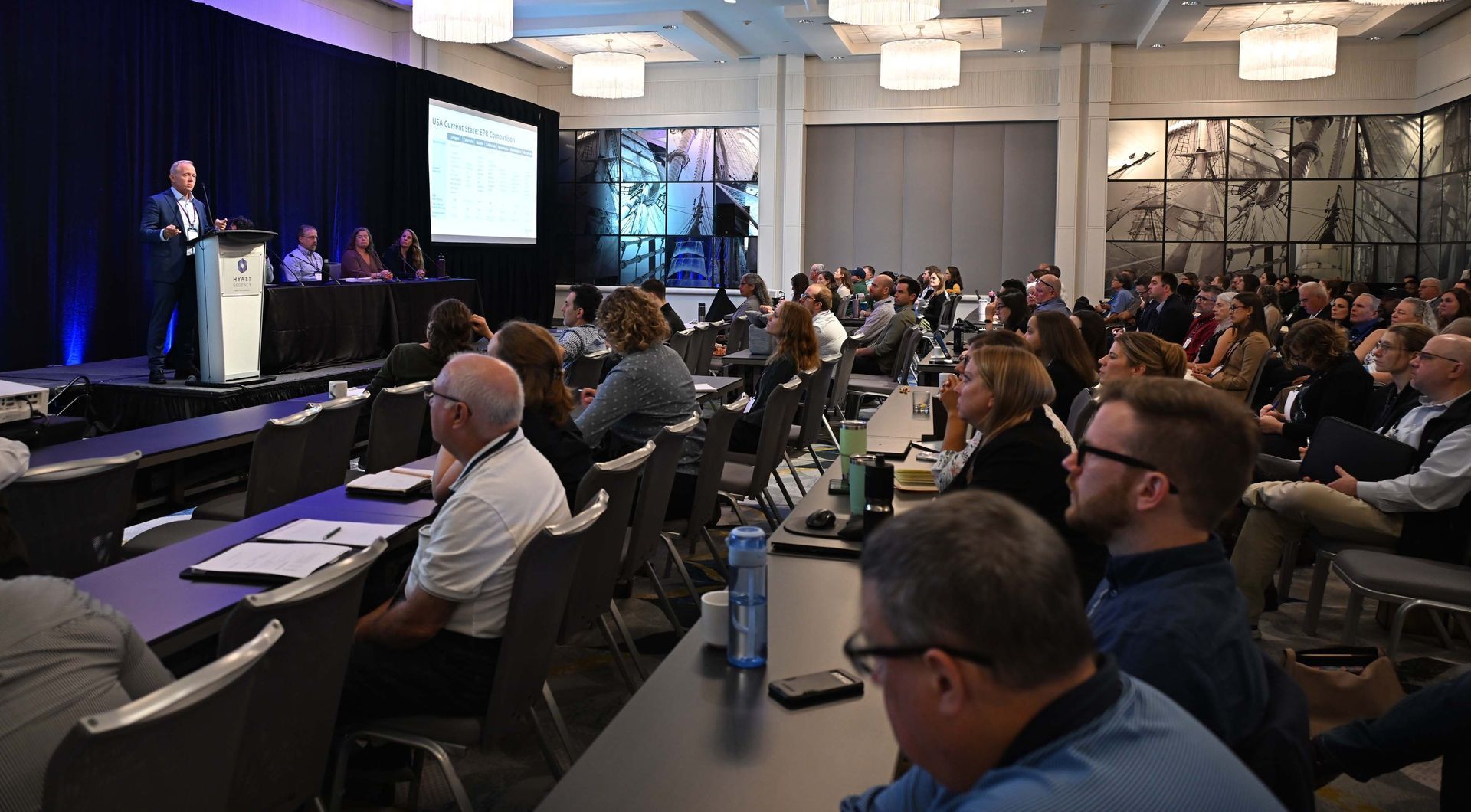What Does ‘Green Electronics’ Mean?
September 1, 2015
Today’s blog is brought to you by the team at Electronics Recyclers International. It was originally posted on their blog on August 13, 2015.
The explosion in the tech world over the past two decades or so has resulted in the majority of Americans now owning smartphones, among other devices, with newer and fancier electronics seemingly appearing on the market every few months. Unsurprisingly, as a result, the number of unwanted electric items is growing at a rapid rate.
With this huge amount of devices being produced and discarded, a new environmental issue has appeared. “E-waste,” or old electronics that are either broken or unwanted, are beginning to fill up landfills at an alarming rate. These electric devices often contain hazardous materials that can endanger the environment and local communities, even getting into the air.
While many recyclers, such as ERI, have developed systems to responsibly process e-waste, there has also been growing pressure on tech manufacturers to build “greener electronics.” But what does that really mean?
Using sustainable materials and manufacturing
The idea of “green electronics” in part refers to the materials used in the production of computers, cell phones, televisions and dozens of other electric devices. For example, the plastic we see on all of those cable cords is often burned off in order to reach the valuable copper within, releasing dangerous chemicals into the air during the process. This can lead to the development of acid rain and further environmental damage.
While it may be cheaper to use more toxic materials when building devices, electronics manufacturers are being urged to invest in eco-friendlier materials.
Energy use and carbon emissions
Another important component of creating greener electronics is lowering the amount of energy used and carbon emissions released during the entire production process, from the gathering of materials to the shipping vessels used to transport them to stores. Think about how far that iPhone had to travel to get your hands – and what went into making it. The majority of electronics are manufactured overseas, where carbon emission and labor laws are vastly different than in the United States.
How government is assisting in the fight for green electronics?
Luckily, due to the increased realization for a need of sustainable devices, the Green Electronics Council (GEC) was formed in 2005. The group offers different certification – Gold, Silver and Bronze - levels for companies that offer green devices. GEC utilizes a specially developed assessment tool to rate electronics called the Electronic Product Environmental Assessment Tool (EPEAT). The system evaluates items on more than 50 different criteria to measure an item’s sustainability and overall efficiency. Greenpeace offers a similar ranking system which also focuses on the energy used during device production, called the Guide to Greener Electronics.
The United States Environmental Protection Agency (EPA) has also implemented programs and introduced new regulations in terms of sustainability throughout the technology market and within the government itself. Through interactive experiences with businesses, the EPA is promoting what’s called product stewardship – a product-centered approach to environmental protection. The EPA is encouraging manufacturers, retailers and e-waste processing companies to work together in order to create a worldwide green electronics initiative. By giving businesses and manufacturers the information and incentives to become sustainable, the initiative has grown. The EPA’s website features examples of how certain companies are changing their ways into order to meet this goal.
What can consumers do?
A world filled with green electronics is a team effort. Not only do companies need to develop and provide more sustainable devices, but consumers need to purchase them as well. Look for energy efficient devices and appliances by checking the EPEAT rating for sustainability. When getting rid of old devices, ensure they are being processed by a responsible recycling facility (every town has different resources).
By working together, consumers, manufacturers and the federal government can properly promote the development and use of greener electronics with the overall goal of a cleaner and safer planet for us all.
Electronic Recyclers International (ERI), the nation’s leading recycler of electronic waste and the world's largest cybersecurity-focused hardware destruction company, is e-Stewards and R2 certified to de-manufacture and recycle every type of electronic waste in an environmentally friendly manner. ERI processes more than 275 million pounds of electronic waste annually at eight locations, serving every zip code in the United States. For more information about e-waste recycling and ERI, call 1-800-ERI-DIRECT or visit www.electronicrecyclers.com.
NERC welcomes Guest Blog submissions. To inquire about submitting articles contact Megan Schulz-Fontes, Projects Manager. Disclaimer: Guest blogs represent the opinion of the writers and may not reflect the policy or position of the Northeast Recycling Council, Inc.
Share Post





